|
I am fortunate to have access to local farm fresh eggs. There isn’t a date stamped on them, but I am certain of their peak freshness. However, to check for freshness, there are a few simple methods. One of them is the water test. It is one of the easiest and most accurate test for checking freshness. Please note that the float test does not determine whether an egg has gone bad, but it provides a useful indication of the age of an egg. Place the egg in a drinking glass or small bowl (use a larger vessel, if checking for several eggs. Fill the glass or bowl with water. If the egg sinks to the bottom, laying on its side horizontally, it is very fresh. If it tilts upwards vertically, and is fully submerged, but floats halfway below the surface, it’s a few weeks old and still good to eat. If it floats to the surface of the water, they are no longer fresh. The higher the egg floats, the older. Again, this is by no means an indication of whether the egg is good or bad. Why the Float Test Works The science behind the float test is based on the small air pocket inside the egg and porous eggshell, which allow air to get through. As the egg ages, the small air pocket will increase in size as water evaporates, and is replaced by air. Fresh eggs have less air in them, so they sink to the bottom. When the air builds up inside the egg as it ages, this increases its buoyancy and it will float. When the air pocket becomes very large, the egg may float to the very top of the water. The egg float test method is to tell whether an egg is fresh or older. An egg can sink and still be rotten. The date on store-bought eggs is by no means an indication to throw out your eggs. It is usually good for several weeks past the stamped date. It is just an indication of freshness for shops' rotation stock. How old are eggs in the grocery store in Canada and the U.S.? Regulations in many jurisdiction allow commercial farms to ship up to thirty day-old eggs to the store. They can also be sold for up to 30 days after the date it was put in the carton. Therefore, store-bought eggs can be up to 2 months old before consumers purchase them. The good thing about not too fresh eggs is, when it comes to peeling hard-boil eggs, you'll want the upright ones, not the very fresh eggs! Why is that? With fresh days old eggs, the white membrane beneath the shell sticks tightly to it, making peeling the egg almost impossible. As it ages or the protective coat is washed off the shell, the egg becomes porous, begins to absorb air and loose some carbon dioxide contained in the albumen or egg white. This creates a void, which separates the membranes of the eggshell, thus making the shell easier to peel and also the reason why the float test works. How to Keep your Eggs Fresh.
When eggs are freshly laid, they gave blooms or cuticles, which are protective coatings sealing the entire egg. Isn’t Mother Nature wonderful? These coatings keep the eggs fresh as long as they are not washed. It is the first line of defence against infection. You can leave a freshly laid chicken egg out at room temperature for about a month before refrigeration. While you do not need to refrigerate freshly laid eggs, they will last longer. Note: Washed eggs do need to be refrigerated as the protective coatings may be washed off during the cleaning process, thus allowing bacteria to penetrate. Refrigerated eggs can last up to three months. Make sure you do not leave your washed and refrigerated eggs out at room temperature for more than 2 hours. In North America, Japan, and Australia, commercially farmed store-bought eggs are pasteurised, thus needing refrigeration, which kills potential pathogens, yet strips the eggs of its natural protection. In the UK, Europe and other parts of the world, the hens are vaccinated against salmonella, and the eggs are not required to go through extensive washing, hence the protective coating on the egg is safely intact. You will find eggs in Europe next to the canned goods rather than next to the milk. If you buy your eggs such as I do from local farmers, be sure to ask if the eggs need to be refrigerated. Commercial eggs take weeks to reach the consumer, so if you buy store-bought eggs, refrigeration is so much more important. Once chilled, an egg returning to room temperature may sweat, opening its pores, and potentially exposing the egg to bacteria. Washed or not, eggs do stay fresh longer when kept cold. However, unwashed eggs will keep the best. You also cannot beat the taste and nutrition value of unwashed backyard or local farm eggs from chickens left to pasture in nature.
0 Comments
In the Northern Hemisphere, we have four seasons - Winter, Spring, Summer and Autumn. Each and every season has its own unique raison d'être. Each evokes moods and meanings to the season. We are entering the New Moon in January. It will carry us into a resting and cleansing phase. It is a perfect opportunity for rejuvenation. It is the space between breaths. It is down time. Down isn’t necessarily a bad thing although weather and the darkness affect our feelings in winter. The rhythms of our lives are more subdued, and we desire the wrappings of warmth and cosiness. In urban centres, this duality with all the trappings of bright lights and 24 hour energy can be conflicting to our nature. We yearn for the chance to slow down; to reflect, rest and refuel. I am lucky that I, living in rural Canada, see the stars on a crisp winter night and hear the howling of wolves in the silence of the night. Is it any wonder the January Moon is also known as the Wolf Moon or the Snow Moon? I urge you to observe the natural life around you in the winter season. Stripped of the vibrant colours of the other three seasons which entice us with outward sensations, this black and white environment, with its bare branches and hollow sounds of crunchy snow, beckons us to hear the deep wells of our own emotions and thoughts to unveil naked truths. Just like perennials bedded down in a blanket of snow, I invite you to go within yourself. We may not see how our flowers are manifesting in the dark, yet fabulous blooms are assured. This is possible by preparing them in autumn for dormancy. Dormancy is the length of time in an organism's life to conserve energy in environmental conditions. That is its magic! We know how important it is to ensure our plants are deep rooted or grounded. All things living require water, air, food and earth. This also applies to us. Winter is the time for rest, dreams and manifesting new ideas. It is the time to turn the page and write a new chapter. Nature seeks to guide us to be attentive of the subtle as well as the obvious. Until we shut down the outer stimulations and sweep away the cobwebs of our minds, our hearts and souls cannot rest. There isn’t any point in making New Year’s resolutions without clearing out that which stops the progress. As the deer must continually sense and observe its environment for predators, we must be mindful of our internal environment for predators – our own inner thoughts. The darkness may also bring on a lack of attention to the quality of life or a lack of love in making choices that would affect nature’s well being - a preoccupation with instantaneous self gratification regardless of the cost to other living creatures; a lack of compassion and respect for all life, which, by the way, would effect oneself in turn from nature’s cycle. Rake those “autumn leaves” and compost them into a new slate. Thus, the recycling of new beginnings. Our hearts and souls crave for this gentle cleansing. Winter is Yin (female energy) season, and at its maximum during the Winter Solstice. I actually look forward to winter, hunkering down inside my heart’s home and savouring the solitude. I look forward to the times I can relish in reading, crafting, nourishing, reinventing, and rejuvenating in quiet places such as museums or art galleries. It doesn’t mean I am doing less. It means I am doing less outwardly evident activities. Janus is the God of beginnings, gateways, doorways, transitions, passages, duality, and endings. Of two faces looking to the future and to the past, he had functions pertaining to birth and to journeys and exchange. January is the time for me to reflect on what I need to release, and what I need to plan. For example, after planting and tasting 50 plus varieties of heirloom tomatoes, I shall narrow it to 10, or at least try to. Reflections lead oneself more deeply within in order to rediscover our own spirit with joy and love. This blessing can sustain, even when in distress and pain, when one’s own spirit is filled with much love. Solitude is a choice to be within. Without connectivity, one may start to feel lonely. Opening the heart’s doorway and reaching out to kindred spirits will help balance your feelings. Naturally, you cannot connect authentically without letting people in. Knowing there is always someone you can connect and communicate safely and freely with will lessen the feeling of the complexity of loneliness. I rejuvenate by creative activities in nature. I am glad to have this time to sort through things physically and mentally which have been waiting patiently throughout the other seasons. I also relish in the nourishments of my spring planted, summer nurtured, fall harvest – be it fresh, dried or fermented, such as brewing nutritious tisanes and broths on the wood stove. This is the continuity of sustainable life. During this journey of reflections, do refuel with hot soups and teas. January is Hot Tea Month, and in Traditional Chinese Medicine, hot soups made with root vegetables balance the Yin of winter with the Yang of root vegetables and dried herbs. Eating seasonally is always wise. Begin slowly and lovingly with collecting sparks of inspirations in your surroundings. In time, one may see winter’s beauty, and that Mother Nature has always provided. I hope this helps to envision the possibilities. I wish you serenity in this winter’s darkness with rejuvenated hopes and dreams. How else would you recognise light, if not for darkness? Wrapping paper cannot be recycled. The glossy and glitter surface is made of plastic material. Moreover, countless softwood trees are made into pulp, bleached, and dyed with both synthetic or natural dyes. Recycled paper is not any better. It still goes through a bleaching and dying cycle, which as far as I can see is a bit of greenwashing. To me, wrapping paper is both an energy waste for the planet as well as for myself. When you think about it, traditional gift wraps, contrary to popular belief, were actually made of cloth, bark, and other natural materials; and yes, you can always reuse gift bags. Here are some alternatives. I have been wrapping gifts this way for so long, I had to chuckle since this isn’t an “alternative” but rather, a normal way of life for me.  Maps: When I was a child, I was fascinated by National Geographic’s ethnographic maps of different ethnic groups. These maps uncover colourful topography, agriculture, history and backgrounds. It was a wonderful exploration for me as a child of curiosity. The maps can also be used as wall art after unwrapping. I heard these vintage maps are rare and worth saving. Containers: Containers are fast, and easy reusable vessels to store gifts. Vintage tin cans are beautiful, especially collectible lithograph tins, or handpainted or crafted wooden boxes. Fabric: Cloth is a great malleable gift wrapper. A linen table cloth, a silk scarf, a batik sarong, dish towel, bath towels, etc., make great reusable wrappings. Furoshiki (in Japanese) or Bojagi (in Korean) is the art of cloth wrapping. In both Furoshiki or Bojagi, nothing else is used to secure the parcel inside the wrap. It is secured with the art of knot tying from one piece of cloth alone. Reusable Printed Paper: Old newspaper from different languages makes particular interesting wraps. So do old music sheets, crossword puzzles, and comics. Kraft paper from shipping packages are also ideal. I love paper wrappings with actual kids’ drawings on them. I have some a few in hopes of gifting them back to the young artists when they become adults. Sometimes Less is More: For awkwardly shaped gifts that may be too easily identified, or when you have enough of wrapping gifts, simply place the items into used cardboard boxes. Done. Writing down to who and from whom is tedious after the umpteenth time. On the computer, copy and paste numerous photos of the people you are gifting to onto a sheet of paper. Print. Literally cut and paste onto the present. This way, you save on purchasing tags as well. You could reuse the same photo again if possible. I don’t think you will need to write who it is from. People usually know it is from Yours Truly. But the best gift of all is the love you give and receive. Many Blessings and Joy to YOU & YOURS!
It feels heavenly to sink my hand in this Bed of Roses! I am massaging the Rose Petals from the garden with organic cane sugar, prepping them for Rose Petal Jam. This rose petal and sugar scrub on my skin has to be good for you. If not, aahhhh, the aromatherapy is good enough. It is intoxicating, really! Stay tuned for the rose petal jam recipe! There are many wonderful things you can do with orange peels with its distinctive aroma, sweet scent, and tangy flavour profile. It is believed to have its origins in China, and in fact, has been used in Traditional Chinese Medicine for centuries. Moreover, the peel of the orange has more enzymes, flavonoids and photo-nutrients than in the juicy fruit itself! The essence is indeed in the peel!
I zest them for Kombucha and Jun. I also zest and dry them to sprinkle on sweet and savoury dishes. The pith is bitter, although filled with nutrients. The pith is the white spongy layer between the peel and the fruit. If you have ever placed any citris fruit in water for a lengthy period, you may have experience the bitter taste. I can write a book based just on orange peel, but for now, here are some other uses which include: - infused in vinegar for cleaning - candied orange peel - orange peel scrub - placing a piece of the peel in Milk Kefir for a 2nd ferment - marmalade - simmering the peel on top of the wood stove infused in water as air fresheners - adding to tea blends - in chutneys and curries - in poultry or beef dishes - in desserts - brewing a tisane out of them after peeling them in a long strip and rolling them into flower shapes. These rosettes can be dried and stored away till you take fancy to a cuppa tea! |
AuthorRachel conducts gardening, culinary and fermenting workshops/retreats at her home on 100 acres in Northern Ontario, Canada, where she lives in creative harmony with nature. Rachel’s mission is to ensure the wisdom of our ancestors is preserved for future generations. Archives
May 2021
Categories
All
Images ©2002-2023 Rachel Thoo |
Site powered by Weebly. Managed by Web Hosting Canada
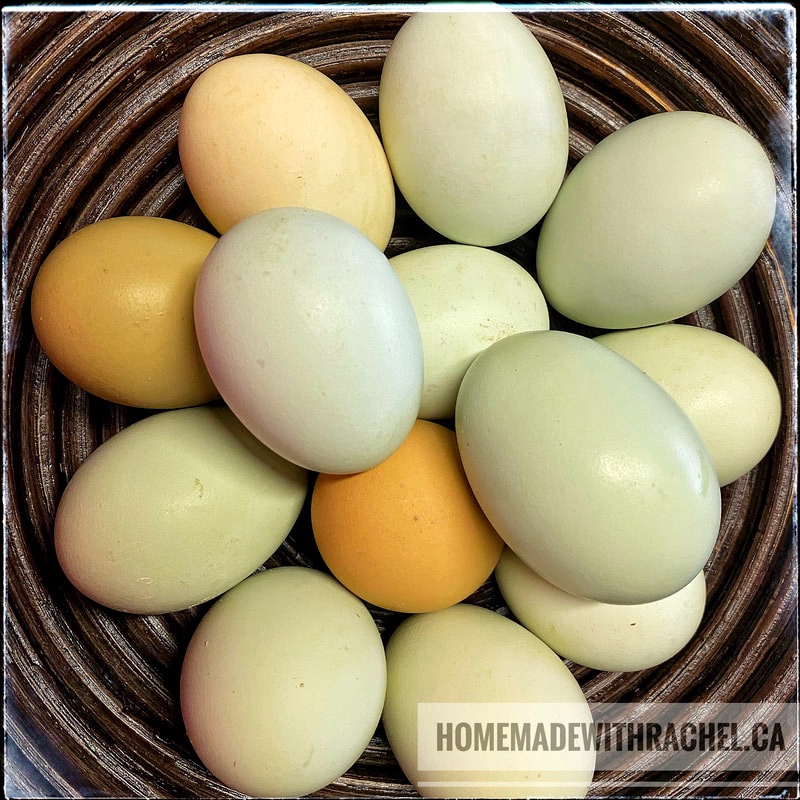
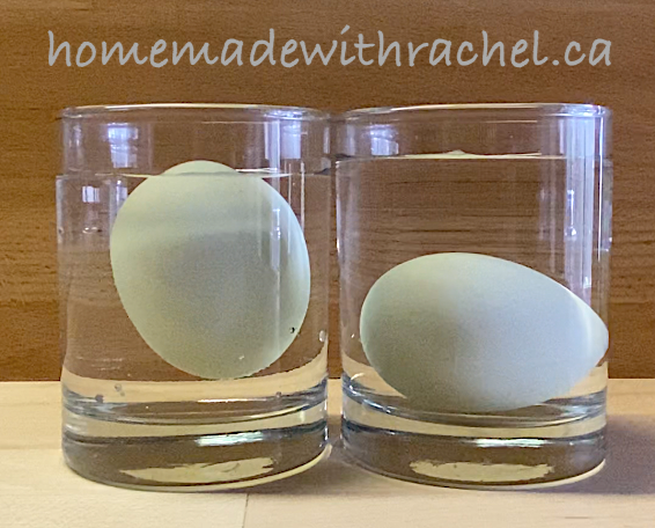
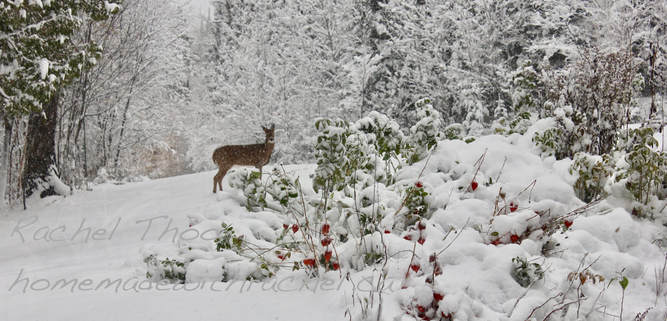
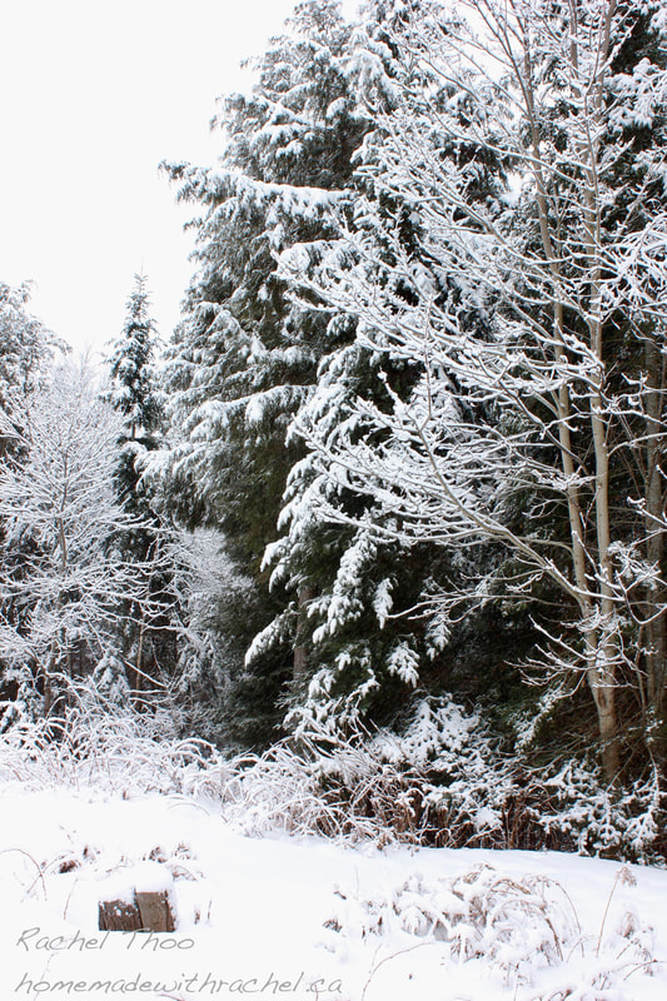


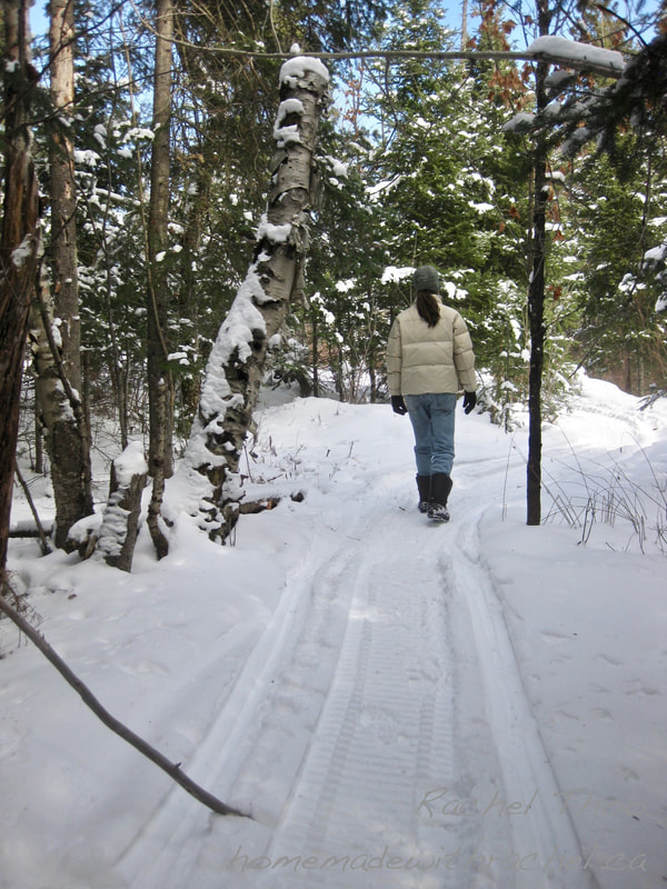
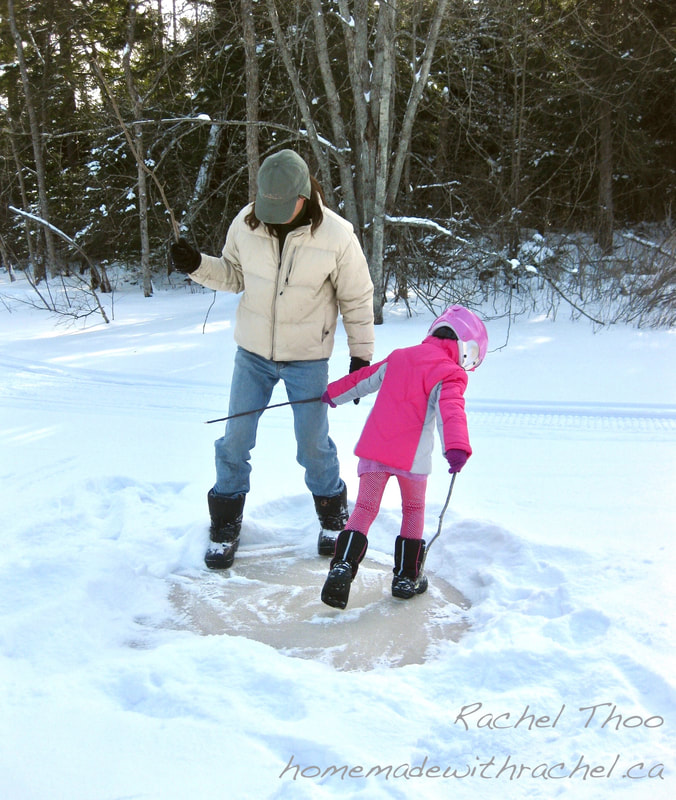
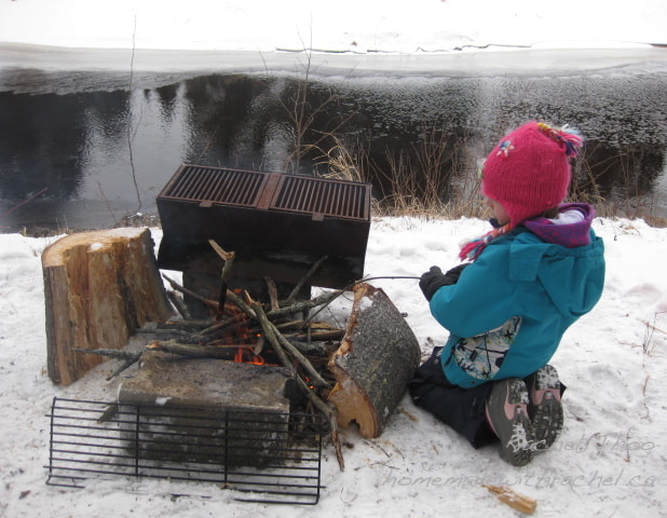
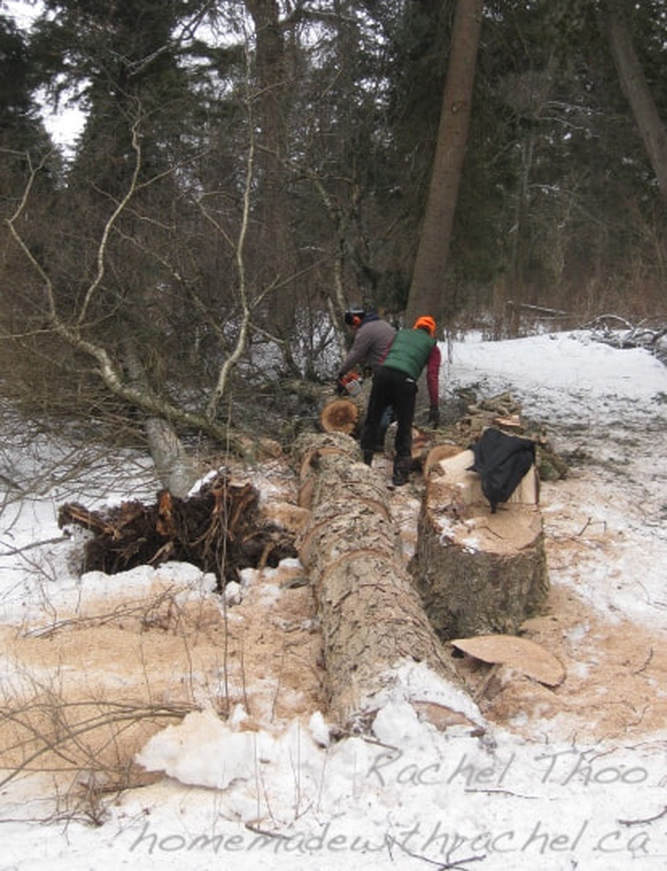
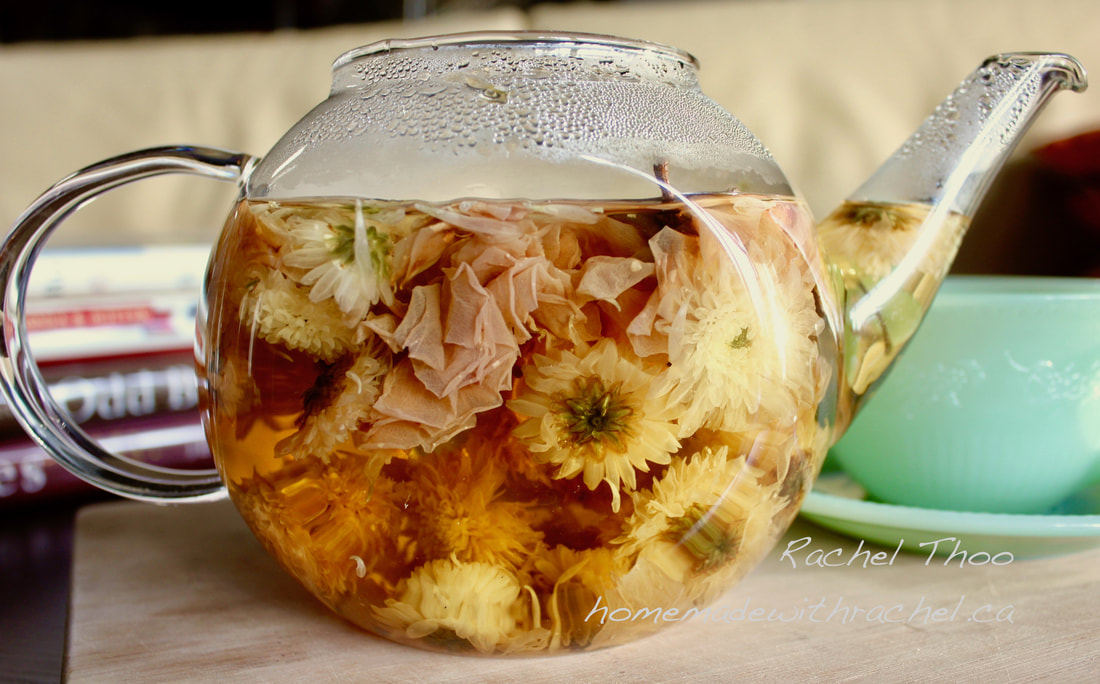
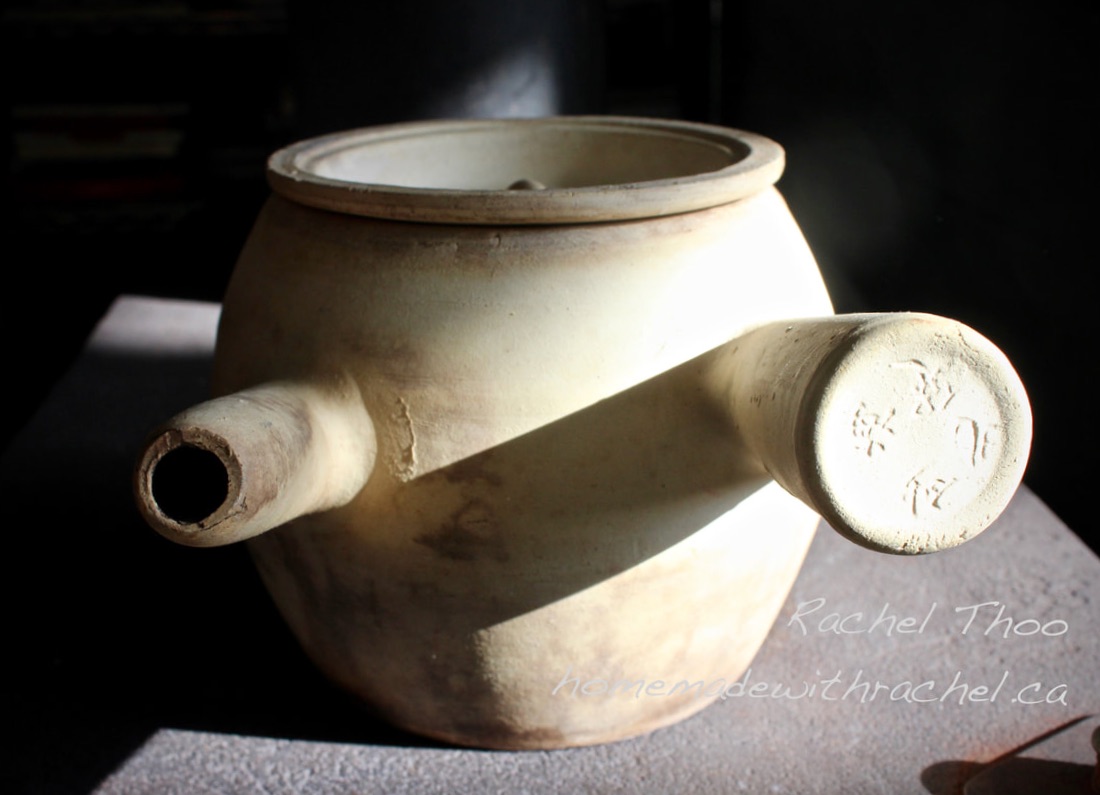

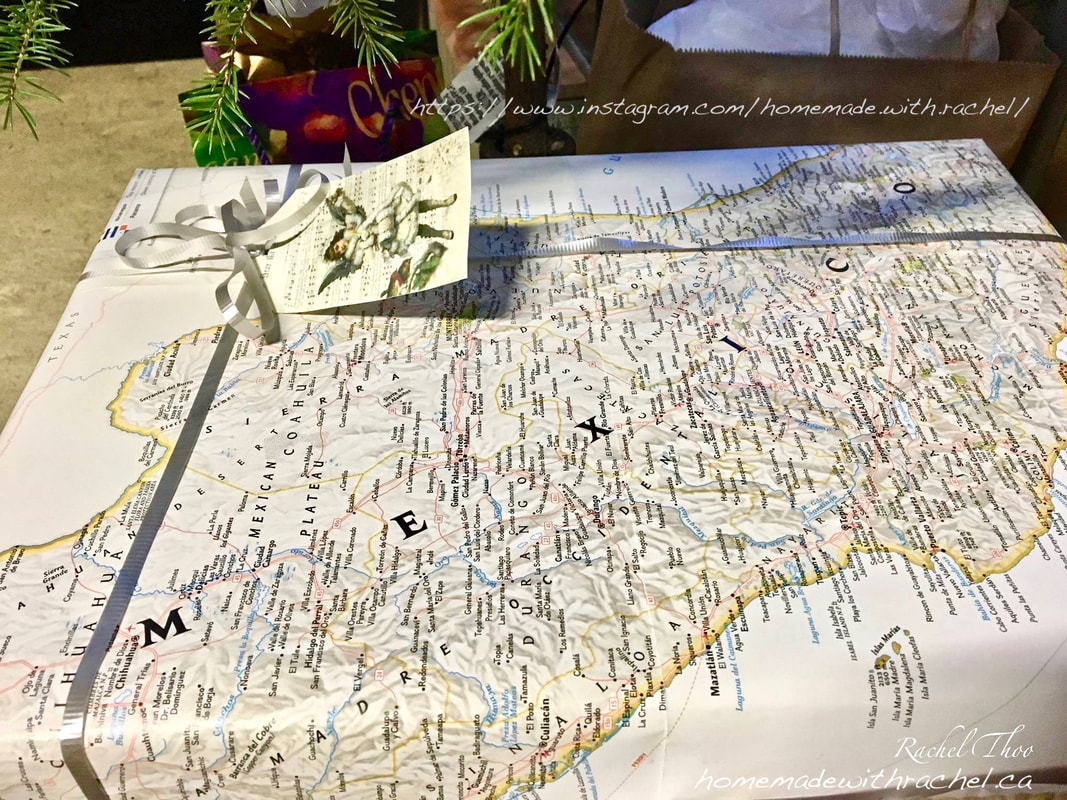
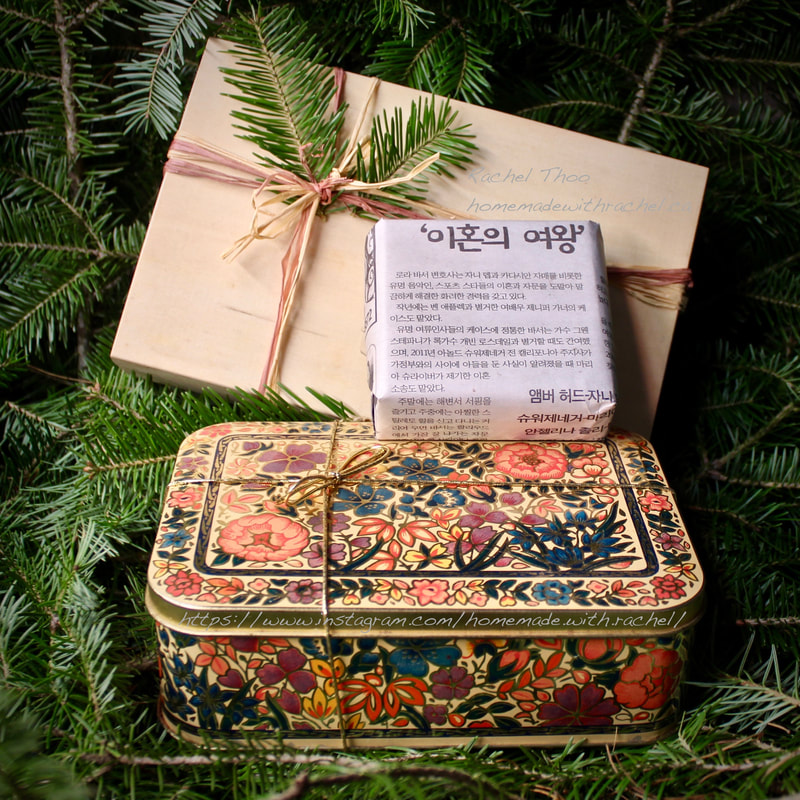
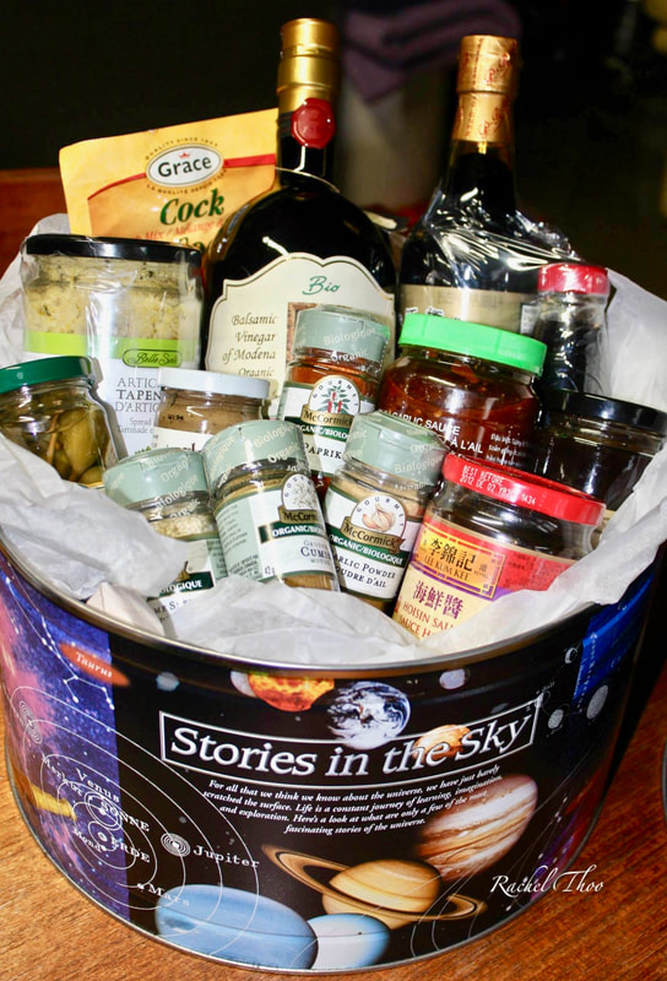
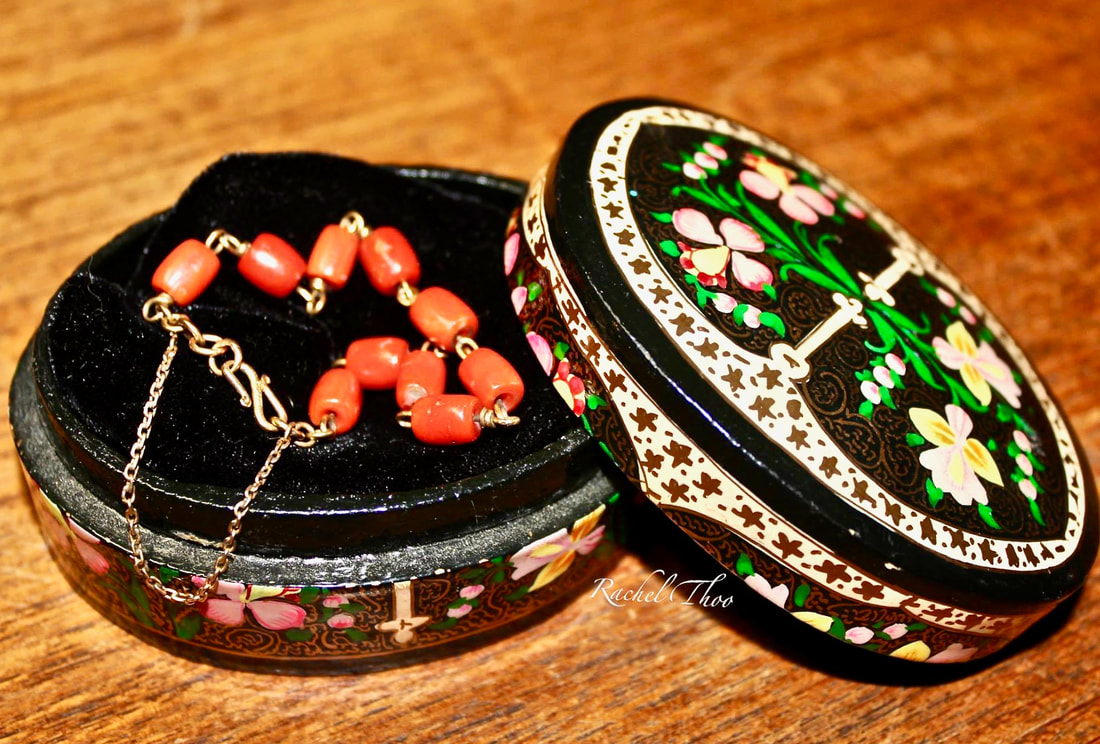
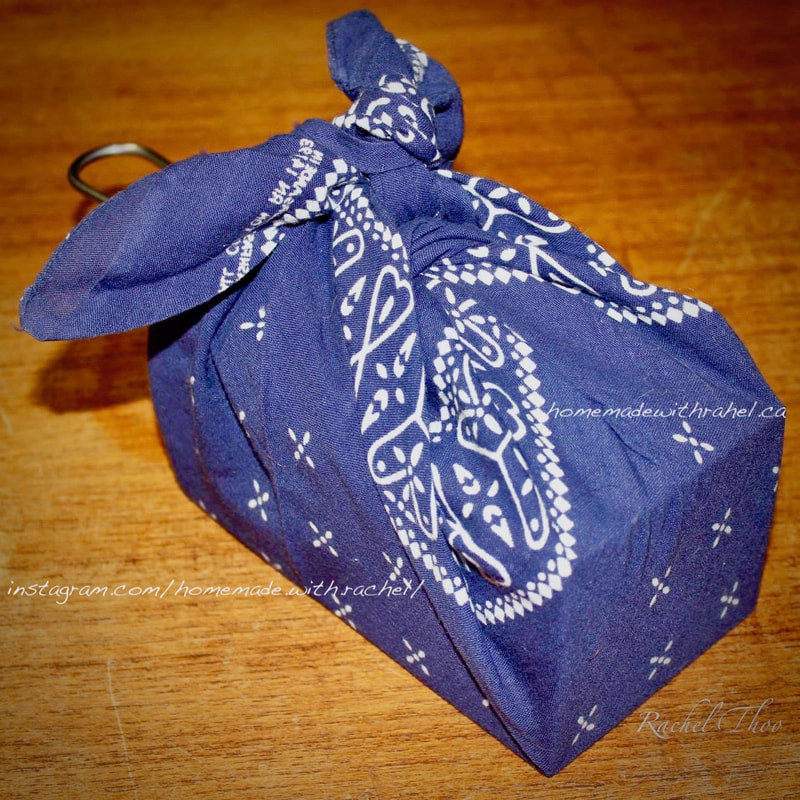
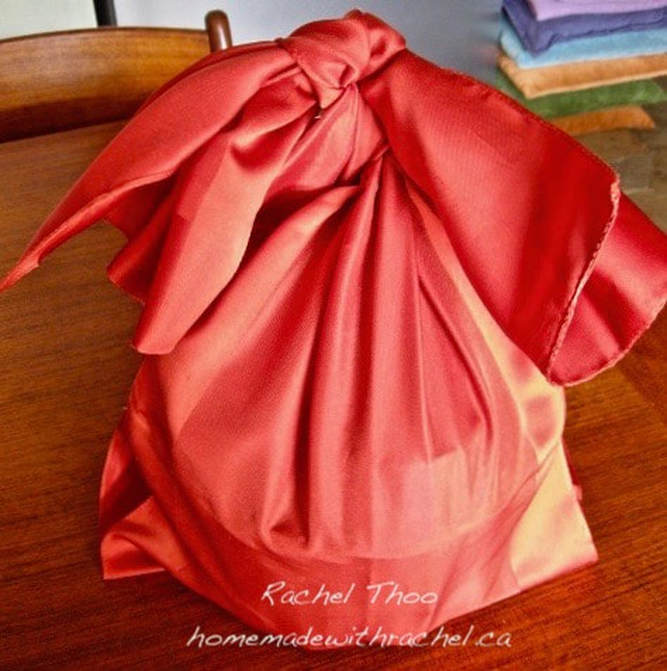
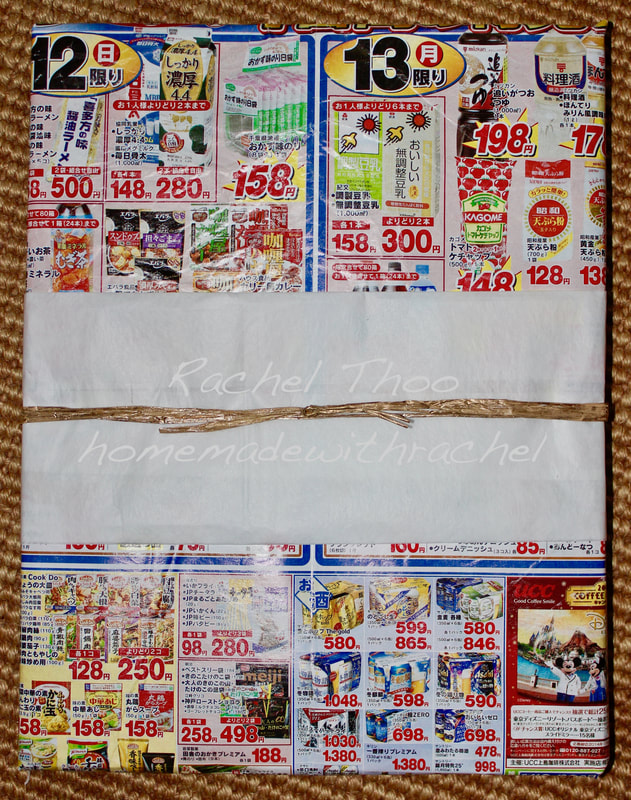
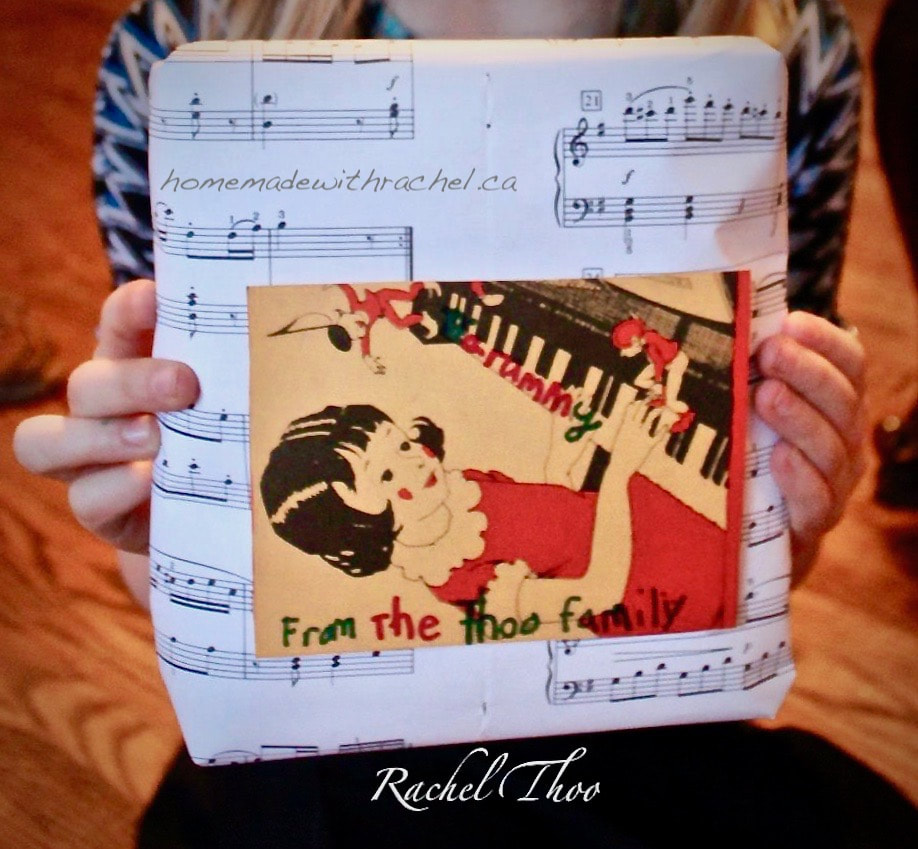

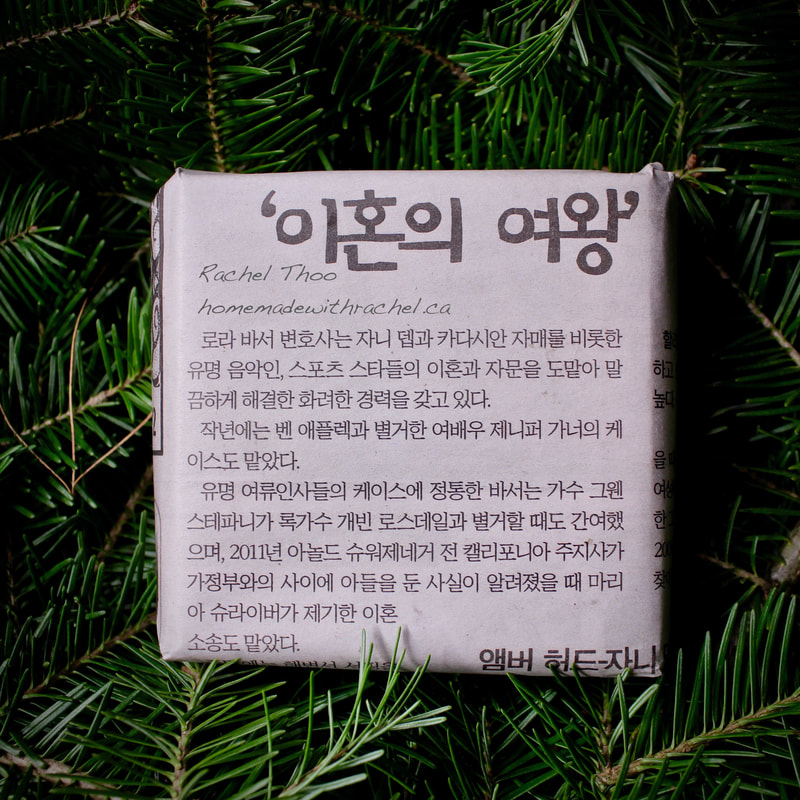
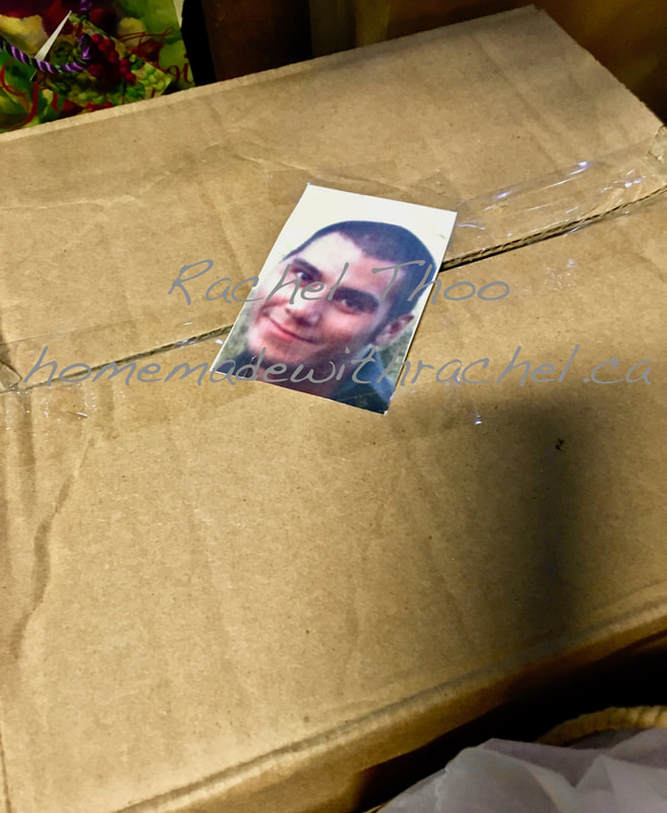
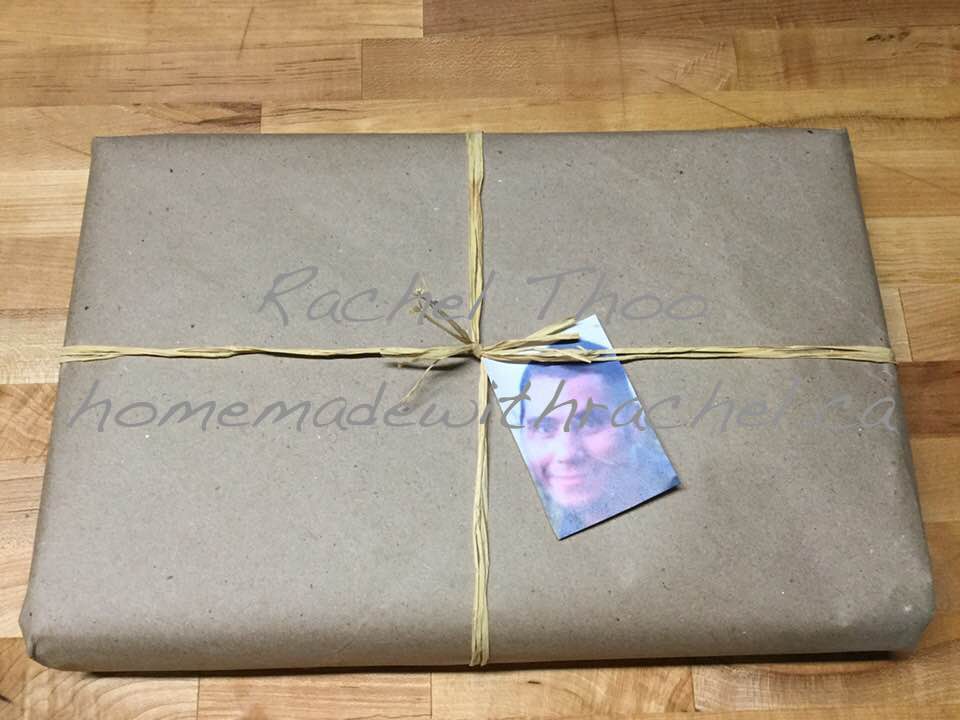
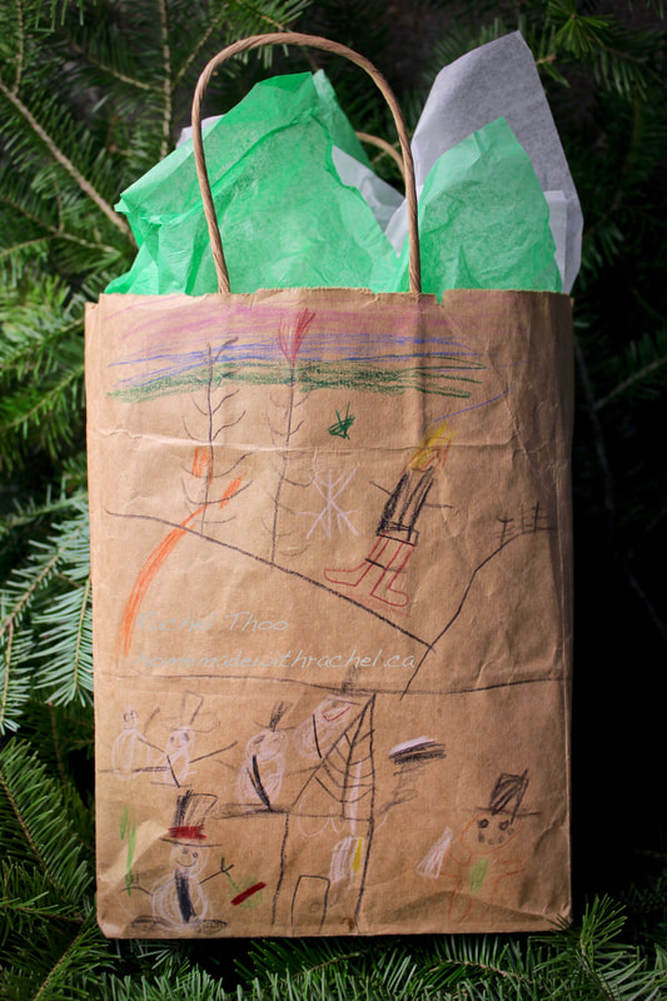
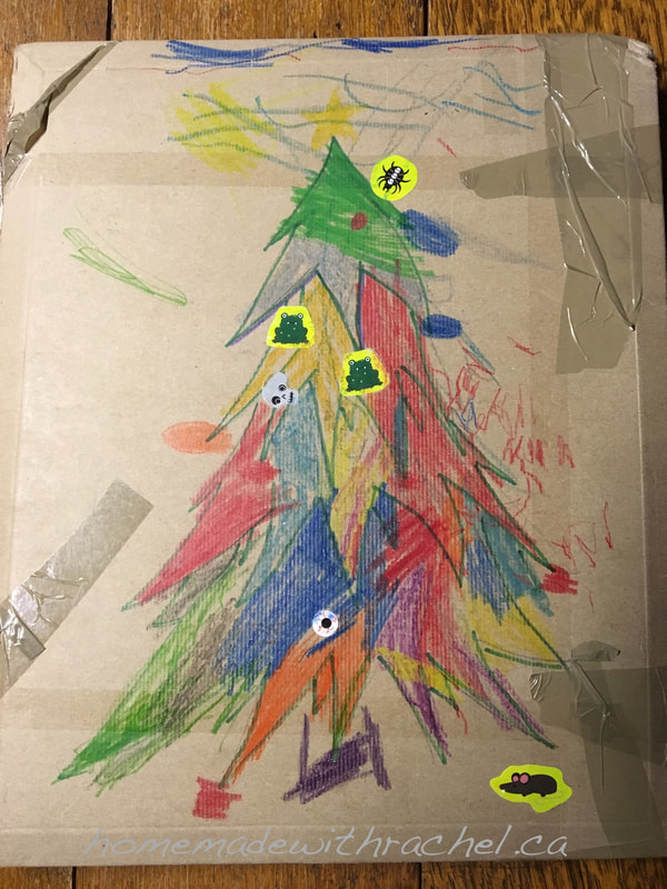
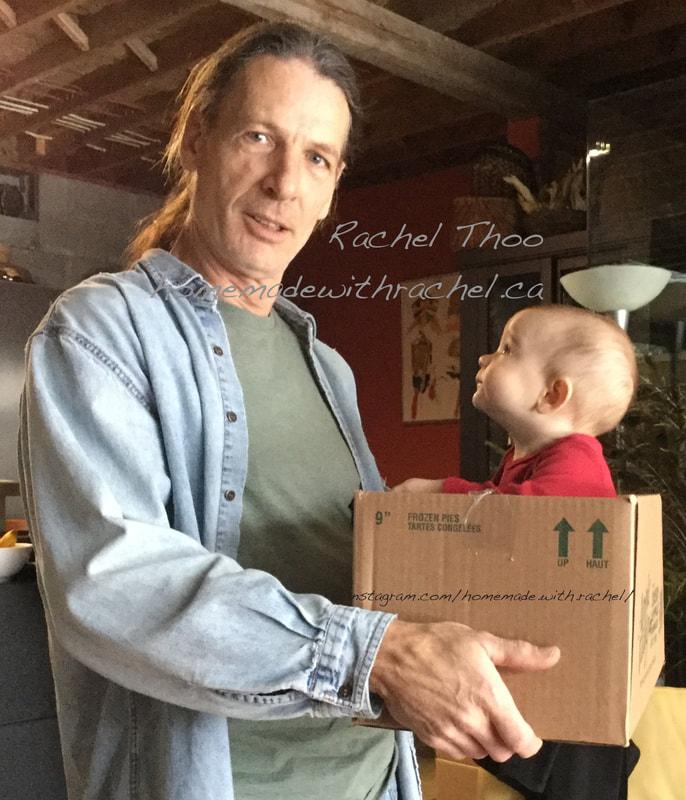
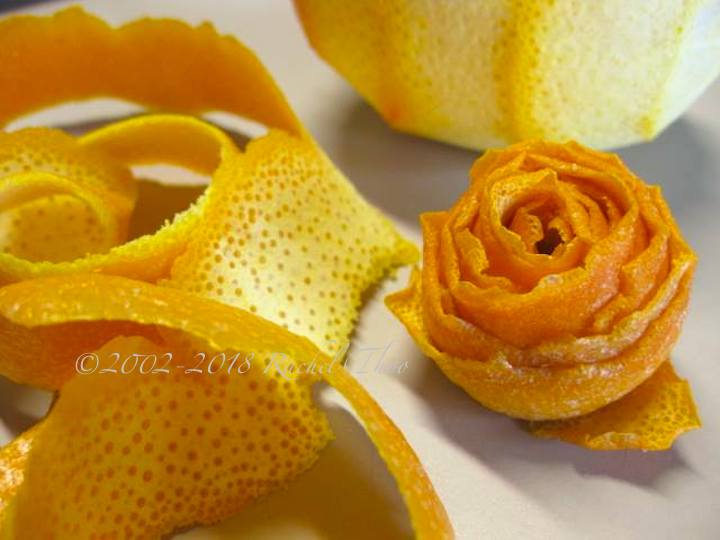
 RSS Feed
RSS Feed